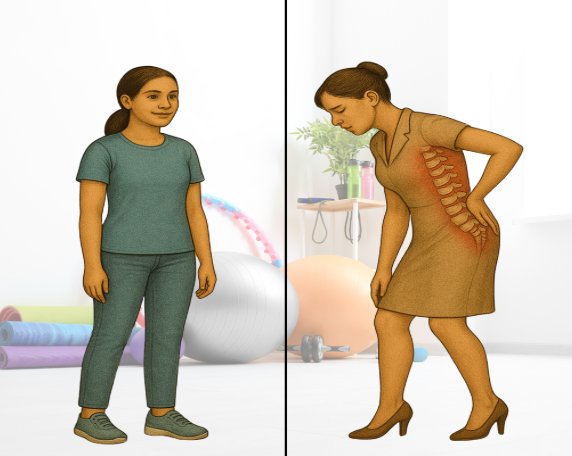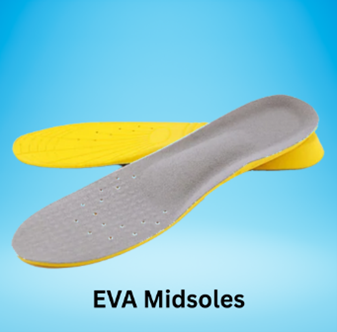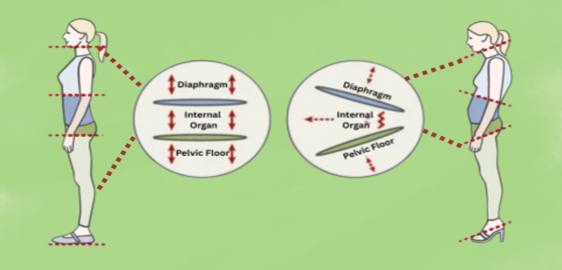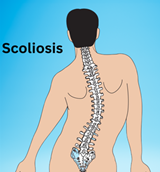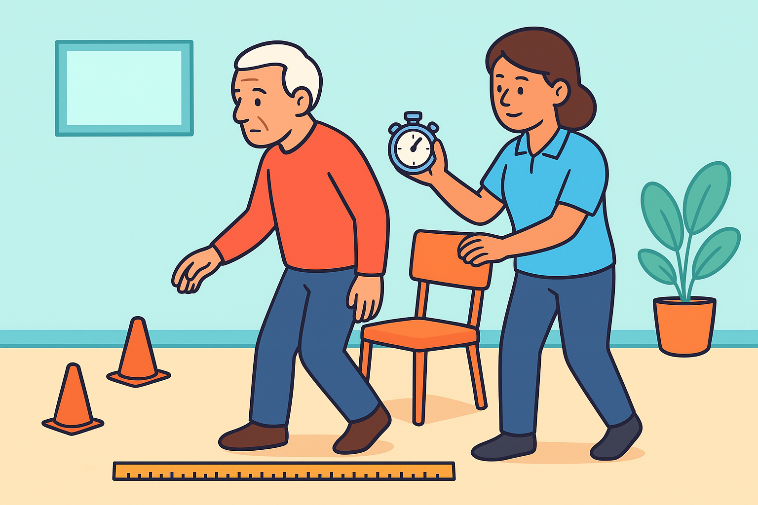The spine is central to our musculoskeletal system, responsible for maintaining upright posture, protecting the spinal cord, and supporting body movement. While many factors influence spinal health—such as posture, activity level, and ergonomics—footwear is an often-overlooked contributor. The connection between the feet and spine is biomechanical; the alignment, support, and cushioning provided by footwear can either maintain spinal health or contribute to its deterioration over time.
Biomechanical Chain: The Foot-Spine Connection:
The body works as a kinetic chain—meaning a dysfunction at one link affects the others. The feet are the base of this chain. When the foot doesn’t function properly—due to poor footwear or structural problems like flat feet—it causes misalignment that can ascend through the ankles, knees, hips, pelvis, and ultimately the spine.
Misaligned feet → Rotated knees/hips → Pelvic tilt → Spinal imbalance
This chain reaction may cause muscle tension, spinal curvature changes (like lordosis, kyphosis), and even chronic pain.
Shock Absorption: Protecting the Spine from Ground Reaction Forces:
Each step we take generates force that travels up through our skeleton. Good footwear functions as a shock absorber, reducing the transmission of force to the spinal discs and vertebrae. Without proper shock absorption, especially during high-impact activities (e.g., running, prolonged standing), the spine absorbs excessive load, leading to:
- Early wear and tear of intervertebral discs (disc degeneration)
- Lower back pain
- Increased spinal compression
Materials that help: EVA midsoles, gel inserts, air-cushioned soles, memory foam insoles.
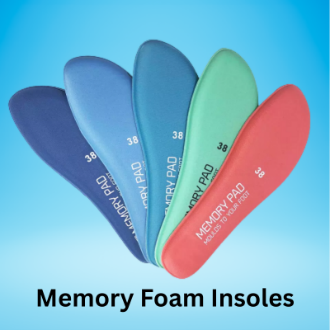
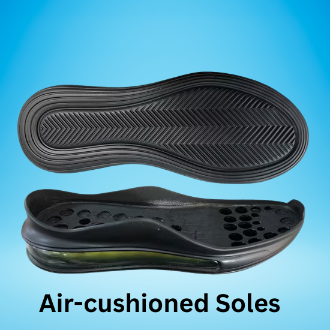
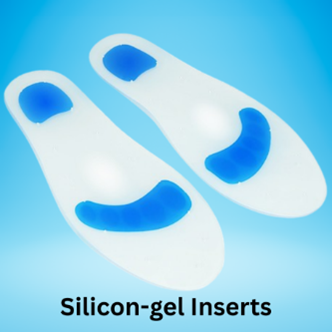
Arch Support and Spinal Alignment:
Foot arches (medial, lateral, and transverse) help maintain balance and distribute body weight evenly.
Flat feet (pes planus): Lead to overpronation (foot rolling inward), which often causes internal rotation of the femur and pelvis, affecting spinal posture.
High arches (pes cavus): Result in poor shock absorption and uneven pressure distribution,
contributing to back pain.
Supportive shoes or orthotic insoles: Restore natural arch height and help realign the spine by correcting the foundation.
Heel Height and Postural Strain:
Heel height has a direct impact on spinal curvature:
High heels (2+ inches) tilt the pelvis forward, exaggerating the lumbar curve (hyperlordosis), leading to compression of the lumbar discs and lower back pain.
Completely flat shoes (like ballet flats or flip-flops) offer no arch support or shock absorption, potentially causing similar issues.
Optimal heel height: Around 1 to 1.5 inches, combined with adequate cushioning and support.
Gait Abnormalities Due to Improper Footwear:
Poor footwear can alter gait mechanics—how you walk—and cause compensatory movement patterns:
- Stiff soles can restrict natural foot flexion.
- Uneven wear can cause asymmetry in gait.
- Inappropriate fit can change stride length and foot placement.
These changes affect muscle activation patterns, placing uneven stress on the spinal structures and surrounding muscles, contributing to fatigue, muscle imbalance, and chronic pain.
Footwear and Specific Spinal Conditions:
Footwear selection is even more critical for individuals with spine-related diagnoses:
Scoliosis: Uneven leg lengths or pelvis tilt worsened by unsupportive shoes can exacerbate spinal curvature.
Sciatica: Flat or unsupportive shoes increase impact on the lumbar spine and sciatic nerve roots.
Herniated discs: Require minimal spinal strain, best achieved with shoes that reduce shock and maintain alignment.
Osteoarthritis of the spine: May benefit from cushioned soles that reduce joint loading.
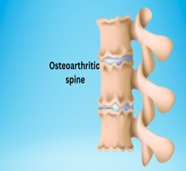


Custom orthotics or medical-grade footwear may be prescribed for such patients.
Characteristics of Spine-Friendly Footwear:
Look for the following features to promote spinal health:
Arch Support: To maintain neutral foot posture.
Cushioning: Especially in the heel and midfoot.
Heel Height: Moderate (1–1.5 inches).
Wide Toe Box: Prevents foot strain and maintains balance.
Proper Fit: Neither tight nor loose.
Durability: Shoes should be replaced once worn-out tread patterns or uneven wear develop.
Conclusion:
The influence of footwear on spinal health is profound and often underestimated. Improper shoes may lead to postural distortions, altered gait mechanics, and excessive spinal stress, while well-designed, supportive footwear can help maintain spinal alignment, reduce strain, and prevent or alleviate back pain.
For individuals experiencing chronic back discomfort, a footwear assessment by a physical therapist, podiatrist, or orthopedic specialist may be just as important as spinal evaluation. Prevention often begins at ground level—literally.

